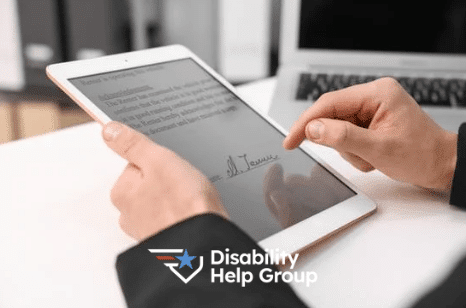Can I Receive SSD for Reflex Sympathetic Dystrophy?
A disabled worker can receive Social Security disability (SSD) benefits for any medical condition as long as they have sufficient work credits and are unable to engage in substantial gainful activity (SGA) due to their medical condition. However, establishing that the applicant meets the Social Security Administration (SSA) definition of “disabled” is more straightforward in some situations than others. Proving that you are disabled by reflex sympathetic dystrophy can be challenging for two reasons: the condition isn’t listed in the Social Security Blue Book and there’s no clear, objective test for pain.
Working with an experienced disability benefits advocate from the beginning can help you avoid common mistakes and ensure that you are providing the type of evidence the SSA will be looking for.
What is Reflex Sympathetic Dystrophy?
Reflex sympathetic dystrophy syndrome (RSDS) is a painful condition that occurs when the sympathetic nervous system responds abnormally. The condition is also known as complex regional pain syndrome. Common symptoms include:
- Burning or aching pain in extremities
- Skin sensitivity
- Changes in skin, hair, and fingernails
- Stiffness and/or muscle spasms
RSDS can be triggered by a heart attack, stroke, surgery, or other trauma to the body.
SSD Eligibility for Reflex Sympathetic Dystrophy Syndrome
Though RSDS isn’t specifically listed in the Social Security Blue Book, the Social Security Administration (SSA) does provide guidance on how to evaluate the condition. To establish the presence of the condition, the applicant must show a history of persistent complaints of pain that is out of proportion to other documented causes, along with at least one of the following:
- Swelling in the affected area
- Changes in skin color, texture, temperature, presence of gooseflesh or other autonomic instability in the affected area
- Abnormal hair and/or nail growth
- Osteoporosis
- Involuntary movements in the affected area
Of course, once the presence of reflex sympathetic dystrophy syndrome is established, the applicant must still demonstrate that the condition prevents them from engaging in substantial gainful activity. That can be a challenge, since pain is subjective and information about it relies in large part on reports from the applicant.
An experienced disability benefits advocate can explain what types of evidence are most effective in establishing a claim for a condition like RSDS that does not have clear objective measures of impairment. To learn more, call Disability Help Group today at 800-800-3332 or fill out our contact form here.







